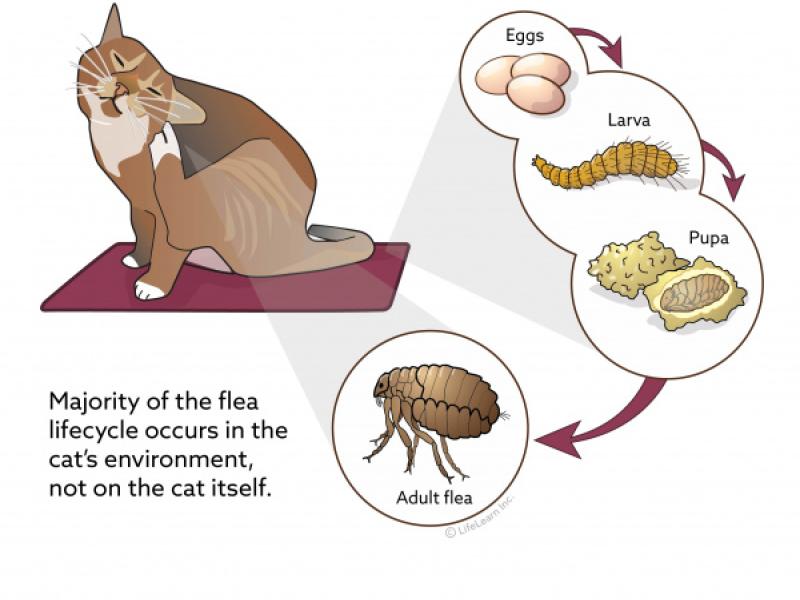Administering oral medication to a cat MIGHT be one of the most challenging aspects of being a cat owner. Most cats are extremely resistant to voluntarily taking medication, either because they are too smart to eat the medicine in a treat of some form or because they are agile and reluctant to cooperate in forceful pilling of the medication.
Read More
Most commonly, dogs are sent home with tablets, pills or capsules that have to be administered by mouth. There are two basic ways to administer these medications, voluntarily and involuntarily.
Read More
Raisins and grapes have been, in rare instances, found to be toxic to dog kidneys. It is currently believed that it is not the raisin or grape itself that is the problem, but a type of fungus that is known to grow on them that damages the kidneys.
Read More
Xylitol is a sugar-less sweetener that is very useful for human diabetics and in sweetening products for a healthy mouth, but is very dangerous to dogs. Relatively small ingestions, like a piece of gum, can result in significant hypoglycemia and potentially life threatening liver damage to dogs. Please be aware of products containing this sweetener. If you must have it, keep it out of reach of the playful or curious or hungry dog and keep the ASPCA Animal Poison Control number (888) 426-4435 nearby.
Read More
The tick life cycle is complex. Ticks are not truly insects, but are more closely related to spiders. They are more resistant to our common pesticides and repellents. Typically, one tick is believed to live over a two year period. It starts out as an egg, often laid near the entrance to small rodent (white-footed mouse) dens. It hatches into a tiny larva. Maybe 5-7 larva could fit on the head of a straight pin. These larva typically get on the mouse or nearby rodent, take a blood meal, then fall to the ground to wait to molt into the next stage.
Read More
There is no single answer for this frequently asked question.
The known safe answer is to wait the period of time the product is supposed to work, typically 30 days, before reapplying.
Read More
If you find one pet has worms, others may as well. That is because they share the same environment and therefore the same risk factors. Some worms are more likely to be shared than others.
Read More
Get a clean container (old Tupperware, paper cup, pie plate, etc). Some people have luck using soup ladles!
Read More







